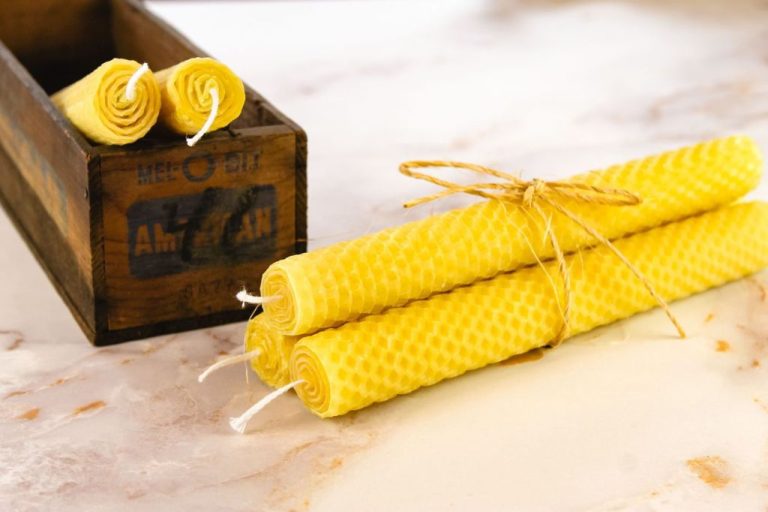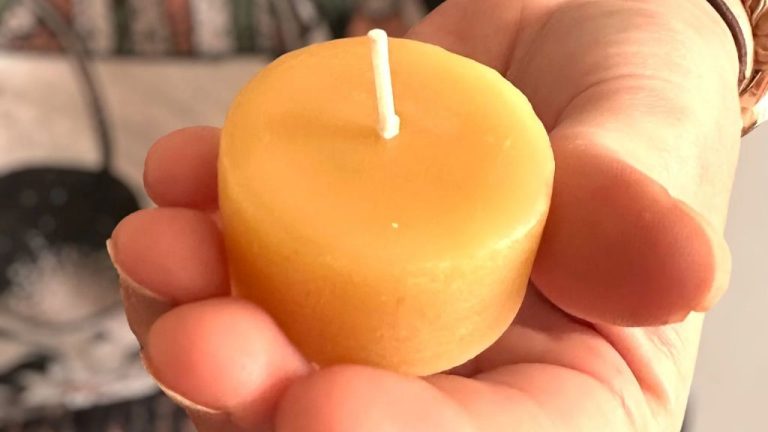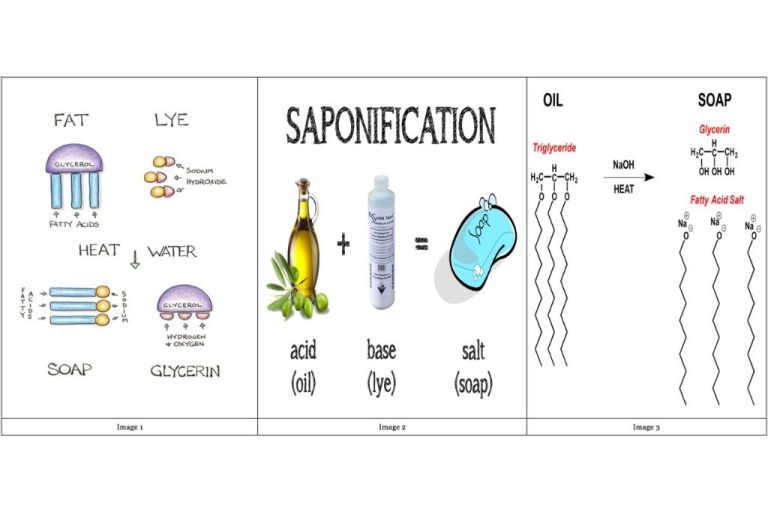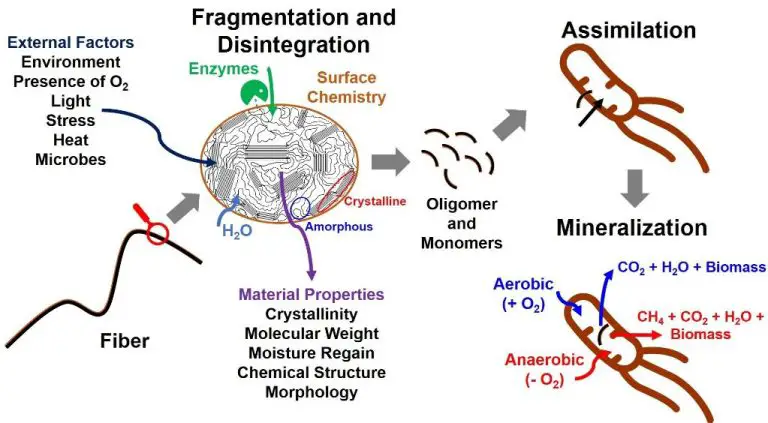What Wicks To Use With Freedom Soy Wax?
Soy wax is a vegetable-based wax made from soybeans that has become increasingly popular for candle making. It has a low melting point and blends well with fragrance oils and dyes. Soy wax candles tend to burn cooler and slower than paraffin candles, producing less soot. However, finding the right wick is crucial for achieving proper melt pools and clean burns with soy wax.
When selecting a wick for soy wax candles, there are several key factors to consider: wick material, wicking, fragrance load, container size, pre-waxing, and testing. The width and fabric type of the wick must be matched to the wax volume to promote full melt pools without excess sooting or mushrooming. Proper wicking requires balancing wax properties, additives, and wick absorption. Through experimentation and testing, the ideal wick can be identified for a soy wax candle formula.
Wick Materials
There are several common wick materials used with soy wax:
Cotton
Cotton is one of the most popular wick materials for soy wax candles. Cotton wicks are inexpensive and readily available. They burn cleanly without producing much soot. However, cotton wicks can create a weaker flame and mushroom tops as they burn (https://www.amazon.com/soy-wax-wicks/s?k=soy+wax+wicks).
Wood
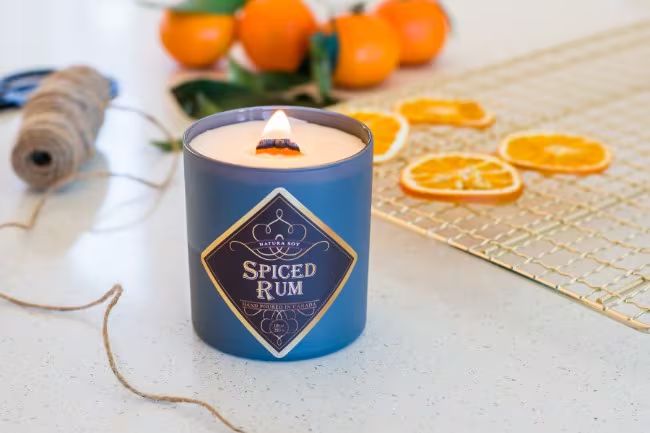
Wooden wicks made from bamboo are also a common choice. They produce a pleasant crackling sound as they burn. Wood wicks give a stronger flame and can help soy wax candles burn to the very bottom of the container. But they may occasionally pop and throw sparks (https://s.click.aliexpress.com/deep_link.htm?aff_short_key=UneMJZVf&dl_target_url=https%3A%2F%2Fes.aliexpress.com%2Fitem%2F1005003400807314.html%3F_randl_currency%3DCOP%26_randl_shipto%3DCO%26src%3Dgoogle).
Paper
Paper wicks braided from natural fibers are soft and flexible. They produce minimal soot. However, paper wicks may not give as strong of a flame and can be prone to bending over as they burn. Frequent trimming may be needed (https://www.amazon.com/Oraganix-Natural-Candle-Making-Supplies/dp/B09N4VG4L8).
Zinc Core
Wicks with a zinc core are designed to maintain a straight shape and stiff standing wick as the candle burns. The zinc helps the wick stay rigid and upright. But zinc-cored wicks can get very hot and create more soot if improperly used.
Wick Sizing
The diameter of the wick is crucial for getting the right melt pool and burn time when using soy wax. A wick that is too small will not provide enough heat to fully melt the wax pool. This can lead to tunneling and an uneven melt. According to research by A&A Candle Supply (source), a good rule of thumb is to use a wick approximately .03″ in diameter per ounce of wax.
For example, a 4 oz soy candle would need a wick around .12″ in diameter. Popular options include CD 12 wicks or ECO 10 wicks. Going too large on the wick size can create excessive sooting from a hot flame. It’s recommended to test different wick sizes to find the optimal balance for your specific soy wax and fragrance oil blend. The goal is a complete melt pool without tunneling that matches the diameter of the container.
Preventing Soot
Selecting the proper wick is key to preventing soot when burning soy wax candles. Soot occurs when the wick is too large for the wax pool, resulting in incomplete wax melting and unburned carbon being emitted as smoke. According to the CandleScience Soy Wax Troubleshooting Guide (source), using too large of a wick can lead to a large flame that generates smoke and soot. On the other hand, a wick that is too small may not allow the candle to reach the proper temperature for complete melting and burning.
To avoid sooting, it is important to achieve the right melt pool for the soy wax candle. The melt pool is the area of melted wax surrounding the burning wick. An ideal melt pool will be 1/2 to 1 inch deep and cover the entire top surface of the candle. If the melt pool is too small, the wick may be too short to provide enough heat. A very large or deep melt pool can indicate a wick that is too large. Observing the candle’s flame and melt pool as it burns will help identify wicking issues leading to soot.
Container Considerations
The shape, diameter, and depth of your candle container play an important role in determining the right wick to use. Narrower containers like votives and pillars need a thinner, smaller wick, while wider container candles like jars will require a larger, thicker wick.
As a general guideline:
- Use CD wicks for votives and pillars.
- Use HTP, LX, and ECO wicks for small to medium jars.
- Use PB and SMB wicks for large diameter jars.
The depth of your container also factors in. The deeper the candle, the longer the wick needs to be to prevent tunneling. A good rule of thumb is to choose a wick that is 1/2 to 3/4 the depth of your container.
For very large diameter jars over 3-4 inches, using multiple wicks can help ensure even burning across the entire surface of the candle. Position wicks evenly spaced apart no less than 1 inch from the edge. Most containers under 3-4 inches only need a single, centered wick.
Fragrance Load
The amount of fragrance oil used in soy candles can significantly impact the ideal wick choice. Heavier fragrance loads will clog the wick more quickly, requiring a larger wick size for the same diameter candle. Standard fragrance load is around 5-8% of the total wax weight. Going above 10% is considered a heavy fragrance load and will likely require wick upsizing.
When using a light fragrance load under 5%, the candle can likely use a smaller wick than normal since there will be less soot and clogging. However, too small of a wick with a light fragrance may create issues like poor wax pool formation. Finding the right balance through testing is key.
A good rule of thumb is to increase your target wick size by one size with heavy fragrance loads over 8-10%. For example, moving from CD-10 to CD-12. With extra light fragrances under 5%, trying one wick size down makes sense. But be sure to test burn to confirm performance.
Testing the same fragrance load with 2-3 potential wick sizes will identify the best pairing. Quality wick suppliers like Lone Star Candle Supply also provide detailed wick recommendations for their soy wax blends at certain fragrance loads.
Tabbed vs Non-Tabbed
When working with soy wax, many candle makers prefer to use tabbed wicks. Tabbed wicks have a small tab at the base of the wick which helps anchor it to the bottom of the candle container. This tab is pre-waxed before inserting it into the candle. There are a few key benefits of using tabbed wicks with soy wax:
Tabbed wicks help prevent soot and mushrooming. The tab anchors the wick at the bottom of the container, keeping it centered and upright as the candle burns. This leads to a cleaner, more even burn and less soot.
Tabbed wicks reduce stickiness and help with wick adherence. Soy wax can be soft and sticky compared to paraffin. The waxed tab gives the wick stability in the wax pool and prevents the wick from adhering to the sides of the glass as the candle burns down.
The tabs allow for easier pre-waxing. You can quickly dip and adhere the tabbed wick to the bottom of the container when pre-waxing. This gives the wick stability right from the start before adding the rest of the wax.
Many candle makers working with soy wax recommend using tabbed wicks whenever possible for the best results. Some popular tabbed wick options include the Eco series from Candle Science (https://www.candlescience.com/eco-wicks) and Cd series from Lone Star Candle Supply (https://www.lonestarcandlesupply.com/candle-wicking/tabbed-candle-wicks).
Pre-Waxing
Pre-waxing wicks is an important step when making soy candles, as it helps the wick stand upright and absorb wax properly when poured. Soy wax can be more finicky than paraffin wax, so taking measures to ensure the wick is prepared is key.
The purpose of pre-waxing wicks for soy candles is to prime the wick before pouring the rest of the wax. This allows the wick to become saturated and stiffened with wax initially. Pre-waxed wicks help prevent issues like wicks floating up or bending over when the candle is poured and cooled. It gives structure and stability to the wick.
To pre-wax wicks properly:
– Use the same wax that will be used for the candle. Melt a small amount of soy wax until liquid.
– Dip the wick tab or base into the melted wax up to 1/4″ deep.
– Allow the dipped wick to fully cool and harden before pouring the rest of the candle wax. The pre-waxed portion should be stiff and rigid.
– Some recommend pre-dipping wicks multiple times for extra saturation. But take care not to make the pre-waxed base too thick.
Having a properly pre-waxed wick will help the wick remain upright, absorb wax well, and reduce issues like sooting when the candle is burned. It makes for a better quality finished soy candle.
Testing and Troubleshooting
When working with Freedom Soy wax, it is important to test different wick sizes and types to find the optimal wick for your specific candle design. As the Soy Wax Troubleshooting Guide notes, “If the wick is too large, the wick will consume too much fuel too quickly, causing it to generate too much heat and melt right down the middle of your candle.” On the other hand, a wick that is too small may lead to issues like tunneling, where the wax only melts near the wick, leaving the sides untouched.
Some signs of improper wicking include the candle flame being too high or too low, soot on the wax or jar, frosting or wax accumulation on the sides, or the wick not staying upright. To fix wicking issues, first trim the wick to 1⁄4” before each burn. Then, you may need to switch to a different wick size according to the manufacturer’s guidelines. As American Soy Organics recommends, moving up or down 1-2 wick sizes is often enough to solve many wicking problems.
The optimal wick provides an appropriately sized flame that reaches the edges of the candle without producing excess soot or causing the wick to bend over.
Conclusion
When choosing the best wick to pair with soy wax, the key factors to consider are wick material, wicking capacity for the container size, preventing soot and mushrooming, and testing to find the optimal wick size. The most commonly recommended wick materials for soy wax are cotton, wood, and paper-cored wicks, in the appropriate size for the diameter of the container. Testing wicks in small batches first is key to finding the best wick that provides an even melt pool and clean burn. Always refer to the manufacturer’s recommendations for the optimal wick to pair with your particular soy wax type and candle vessel.
The best resources for finding recommended wicks for soy wax candles are the technical guides and wick charts provided by reputable wick manufacturers like Lone Star, Candle Science, and Wooden Wick Co. Their guides factor in the type of soy wax, its melt point, diameter of the candle vessel, fragrance load, and other considerations. Consulting their recommendations for wick pairings with soy wax will help candle makers find the right wick and avoid issues like soot and poor scent throw.

